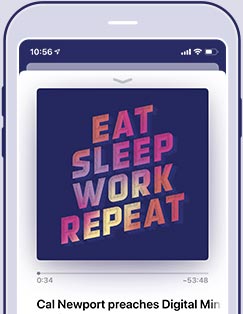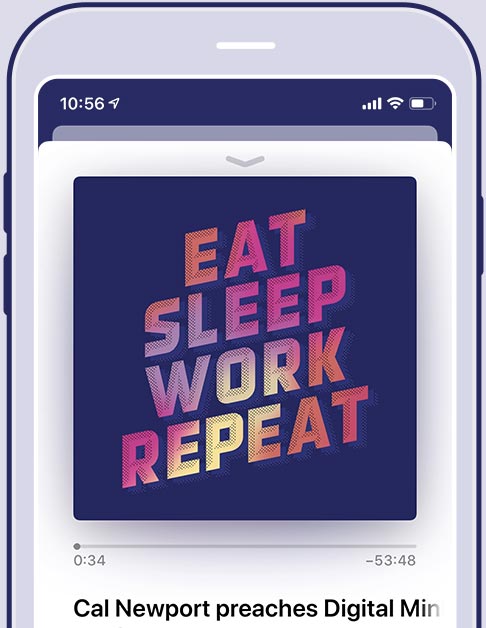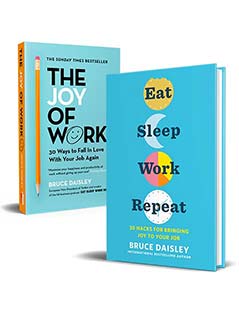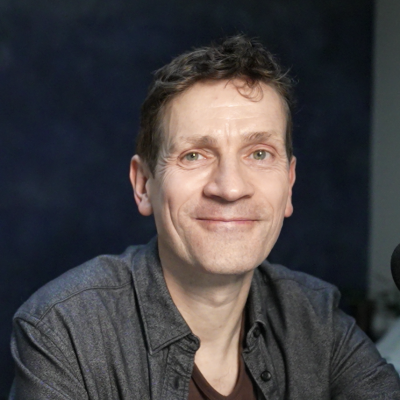The single thing that every organisation should do to fix culture
Professor Frances Frei is the biggest brain in the field of workplace culture and I was delighted to get another opportunity to talk to her.
She explains the one thing that firms should do to fix their cultures (spoiler: train their managers), why she thinks inclusion is a more important element of culture than just diversity.
The previous episode with Frances Frei
Frances and Anne’s podcast Fixable
Frances’ and Anne Morriss’ new book Move Fast and Fix Things
Quotes from the book that I cited:
“One way to build cynicism quickly in an organisation, something we see all the time, by the way – is to ask people for their input and then do very little with the information they give you (and take a long time to even do that)’
Robert McDonald, former CEO of P&G “Organisations are perfectly designed to get the results they get… if you don’t like the results you need to change the design”.
We’re often asked for a summary of how to build a workplace where everyone feels welcome. Our short answer is to recruit great people you don’t already know, give them interesting work to do, and invest in them as if your company’s future depends on it. If they deserve a promotion, give it to them in a timely man-ner. Don’t make them wait. Don’t make them go to a competitor to get the role, title, and decision rights they already earned on your watch. And in the name of all that is right and just in the world, pay them fairly and equitably for the work they do.”
Takeaways
- Workplace culture and organidational change require deliberate design and systematic change for optimisation
- Meetings and emails can impact productivity, and optimizing their structure can lead to significant time savings and improved performance.
- The duration of organisational change efforts and the urgency with which they are addressed can impact their success and the sentiment of the workforce. Empowerment leads to employee engagement and the ability to solve problems in a timely manner
- Inclusive leadership attracts diverse talent and fosters a culture of belonging and innovation
- Training managers is crucial for creating a positive work culture and driving organisational success
- Inclusion should come before diversity, as it naturally attracts diverse talent when practiced effectively
Chapters










